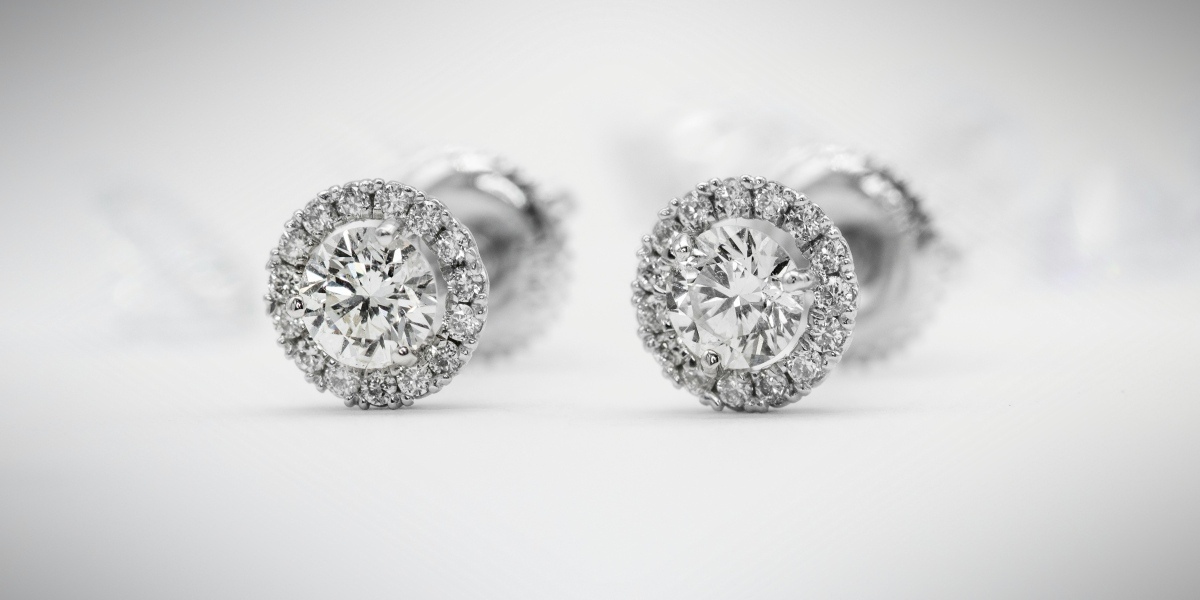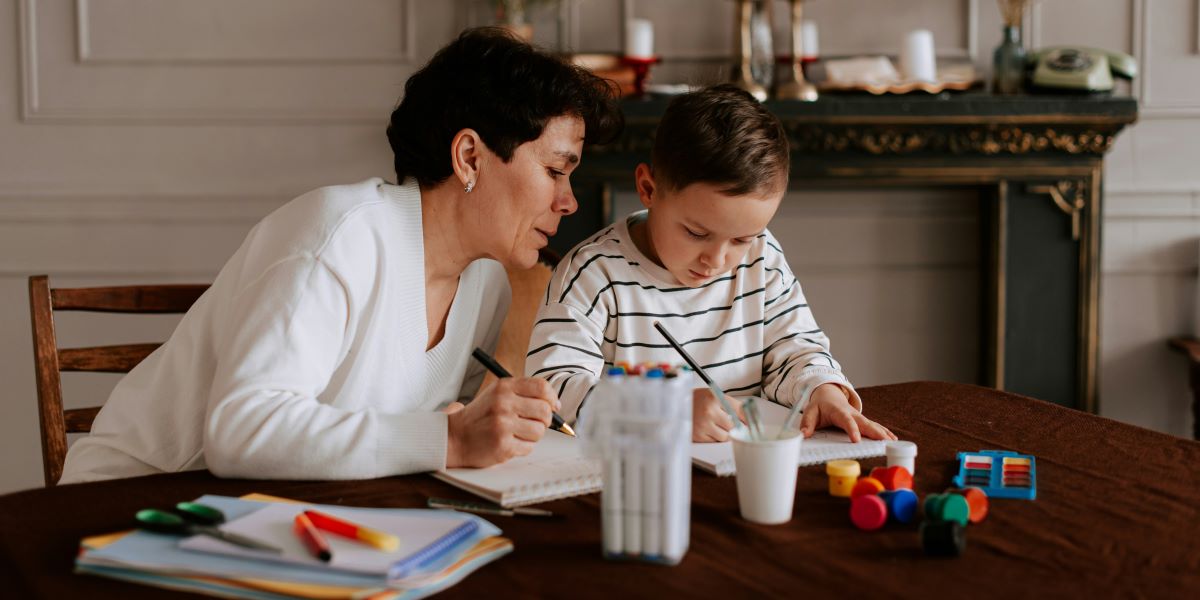In today’s world, where personal spaces are increasingly seen as sanctuaries, the lines between various forms of artistic expression are blurring. One of the captivating trends in contemporary home design is the integration of abstract art into interior design. This merging not only elevates the aesthetic appeal of a space but also infuses it with deeper personal meaning and style. For enthusiasts like Heaven Roquemore, an artist and interior design student, the blend of abstract art with home décor is a natural progression that enhances both the functionality and the personal resonance of living spaces.
Understanding Abstract Art
Abstract art uses colors, forms, shapes, and gestural marks to achieve its effect, often without representing reality directly. It’s about expressing an idea, an emotion, or a state of mind—making it a fitting choice for personalizing a living environment. Abstract art can set a mood, provoke thought, or serve as a conversation starter, making it a versatile tool in interior design.
The Role of Abstract Art in Interior Design
Abstract art brings a dynamic and contemporary energy to any room. It acts as a focal point or a unifying element that can pull disparate aspects of room décor together. For example, an abstract painting with cool blues and greens can bring calmness to a bedroom, while vibrant reds and oranges might energize a living space. The versatility of abstract art allows it to adapt to a variety of design aesthetics, from minimalist to eclectic.
Creating Visual Balance
One of the primary functions of integrating abstract art in home décor is creating visual balance. Pieces can be strategically placed to complement the physical proportions of a space. Large artworks, for instance, can make a small room feel more expansive, whereas smaller pieces grouped together can give a sense of abundance and variety.
Establishing Color Schemes
Abstract art can also dictate or enhance the color palette of a room. A piece that carries hints of mustard and teal could inspire the color choices for throw pillows, rugs, and curtains, thus creating a cohesive look. Artists and designers like Heaven Roquemore understand that using abstract art as a starting point for a room’s color scheme can simplify decision-making and lead to a more harmonious space.
Practical Tips for Integrating Abstract Art into Home Décor
For those looking to bring the vibrancy and emotion of abstract art into their homes, consider these practical tips:
Start with the Art
If you’re unsure where to start with your interior design process, let a chosen piece of abstract art guide you. The artwork’s colors and forms can inspire the selection of furniture, wall colors, and accessories. This approach ensures that the art piece remains central to the room’s aesthetic and doesn’t get lost amidst competing elements.
Balance with Neutrals
While abstract art can be colorful and commanding, balancing it with neutral tones can enhance its impact without overwhelming the space. Neutral walls, floors, or furniture can make a vibrant artwork pop while also keeping the room’s atmosphere light and airy.
Play with Scale and Proportion
Don’t be afraid to play with the scale of artwork and its relationship to your space. A large abstract painting on a small wall can create a stunning visual impact, making the wall appear larger and becoming a statement piece of the room. Conversely, small artworks can create interest when grouped together or placed in unexpected places, like a bathroom or hallway.
Mix Textures and Styles
Abstract art isn’t limited to canvases. Consider incorporating sculptures or textile arts to add texture and depth to your rooms. Combining different media can enhance the tactile quality of your space while keeping the cohesive abstract theme.
The Emotional Impact of Abstract Art in Interiors
Beyond aesthetics, abstract art can profoundly impact the mood and feel of a space. For example, curvilinear forms and soft hues can convey comfort and calm, suitable for bedrooms or reading nooks. In contrast, sharp angles and bright colors might stimulate energy and creativity, ideal for a home office or living room.
Artists like Heaven Roquemore, who traverse the realms of abstract painting and interior design, often emphasize the importance of art in creating an environment that reflects the inhabitants’ personalities and emotional needs. The right piece of abstract art can transform a room from merely functional to deeply personal and inspiring.
Conclusion
Integrating abstract art into home décor is not just about placing artwork around your living space—it’s about creating an environment that resonates with your personal style and emotional needs. Whether you are an experienced collector or a novice appreciator, abstract art offers a versatile and impactful way to personalize and elevate your home interiors. For individuals like Heaven Roquemore, who live and breathe this blend of art and design, every choice in their living space is a reflection of their artistic journey and a testament to the power of abstract expression in creating not just a house but a home.
Published by: Khy Talara






